So, you may have noticed lately that a lot of trends from the early 2000s are making a comeback. From low-rise jeans to graphic tees, it’s like we’ve been transported back in time. But the question is, are we officially in the era of 2000s nostalgia? Well, buckle up because we’re about to take a trip down memory lane and find out just how retro the 2000s really are.
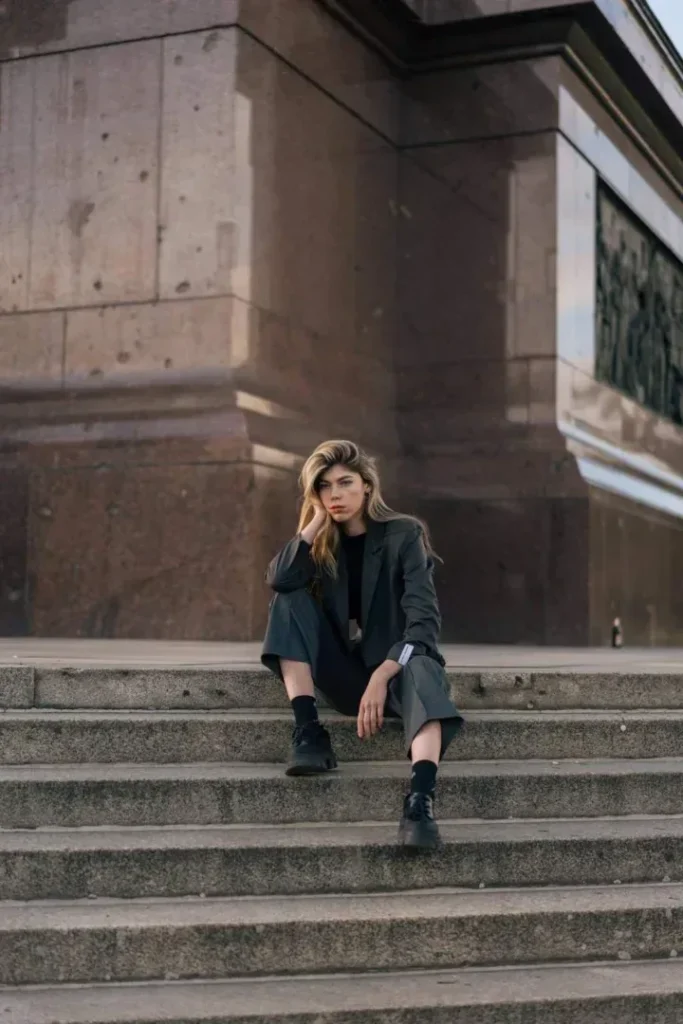
This image is property of images.pexels.com.
Defining the Concept of Retro
The meaning of retro
Retro is a term that describes a style or design that is reminiscent of the past, particularly from a previous era. It refers to the revival or appreciation of styles, trends, and cultural elements that were popular in the past. Retro can encompass a wide variety of elements, including fashion, music, entertainment, and more.
How a period becomes retro
A period becomes retro when enough time has passed for it to be seen as nostalgic, unique, and distinct from the present. Generally, a period needs to be at least two decades old to be considered retro. This allows for a sense of longing for a different time, as well as a recognition that the period has had a substantial impact on culture and society.
Comparing retro with vintage and antique
While retro refers to elements from the recent past, vintage and antique refer to older periods. Vintage typically refers to items from around 20 to 100 years old, while antique is used to describe items that are over 100 years old. While all three terms evoke a sense of nostalgia, retro specifically focuses on the relatively recent past.
The Passage of Time
Deciphering decades: How long until something is retro?
Deciphering when something becomes retro can be a subjective matter. It is generally accepted that a period should be at least 20 to 30 years old before it can be considered retro. This time frame allows for a sufficient gap between the past and present, fostering a nostalgia and appreciation for the era. However, each individual may have a different perception of time and may consider different periods to be retro based on personal experiences and cultural context.
The cultural impact of time
As time passes, cultural landscapes change, and new trends emerge. Each decade brings its own distinctive characteristics and influences, which shape the overall cultural fabric of society. The passage of time allows for new experiences, developments, and evolutions to take place, making each era unique and significant in its own right.
Perception of time and its influence on retrospection
Perception of time varies from person to person and is influenced by individual experiences and cultural context. The way individuals perceive time can directly impact how they view and appreciate the past. For example, someone who grew up in the 2000s may view that era as being relatively recent and may not consider it retro, while someone from a younger generation may see the 2000s as a nostalgic period.
Understanding the 2000s Era
Overview of the 2000s
The 2000s, often referred to as the “aughts” or “zeros,” was a decade marked by significant cultural, technological, and political shifts. It was a time of rapid advancement in technology, with the rise of smartphones, social media platforms, and digital entertainment. The 2000s also witnessed significant geopolitical events such as the September 11 attacks and the subsequent War on Terror.
Major cultural and historical events of the 2000s
The 2000s saw a range of significant cultural and historical events that shaped the era. The election of Barack Obama as the first African American president of the United States in 2008 was a landmark moment. The boom of reality television with shows like “Survivor” and “American Idol” became cultural phenomena. Additionally, the release of monumental films such as the “Harry Potter” and “Lord of the Rings” franchises captivated audiences worldwide.
Influential fashion and trends in the 2000s
The fashion of the 2000s was characterized by a mix of trends, ranging from low-rise jeans, trucker hats, and velour tracksuits to emo and punk-inspired styles. Pop culture icons like Britney Spears, Justin Timberlake, and Paris Hilton influenced fashion trends with their distinctive looks. The era also saw the rise of streetwear brands like A Bathing Ape and the emergence of iconic designer brands such as Juicy Couture and Von Dutch.
The 2000s Influence on Current Fashion
2000s fashion pieces making a comeback
In recent years, various elements of 2000s fashion have made a comeback. Low-rise jeans, once a staple of the era, have resurfaced in the fashion industry, challenging the dominance of high-waisted styles. Logomania, popularized by brands like Juicy Couture, has seen a resurgence, with designers incorporating bold logos into their collections. Additionally, chunky sneakers, reminiscent of the early 2000s, have become a must-have item among fashion-forward individuals.
Designer brands referencing 2000s
Several designer brands have paid homage to the 2000s era by incorporating elements from the time into their collections. Brands like Versace and Balenciaga have embraced the flamboyant and glamorous aesthetic of the 2000s, featuring bold prints, shiny fabrics, and exaggerated silhouettes in their designs. This blending of nostalgia and modernity creates a unique style that appeals to both retro enthusiasts and fashion-forward individuals.
Celebrity influence and the resurgence of 2000s fashion
Celebrities have played a significant role in the resurgence of 2000s fashion. Influential figures like Kim Kardashian, who rose to fame in the late 2000s, have acted as tastemakers by embracing and reimagining iconic elements of the era. Their influence, coupled with the power of social media, has propelled the revival of 2000s fashion, making it a trend that is impossible to ignore.
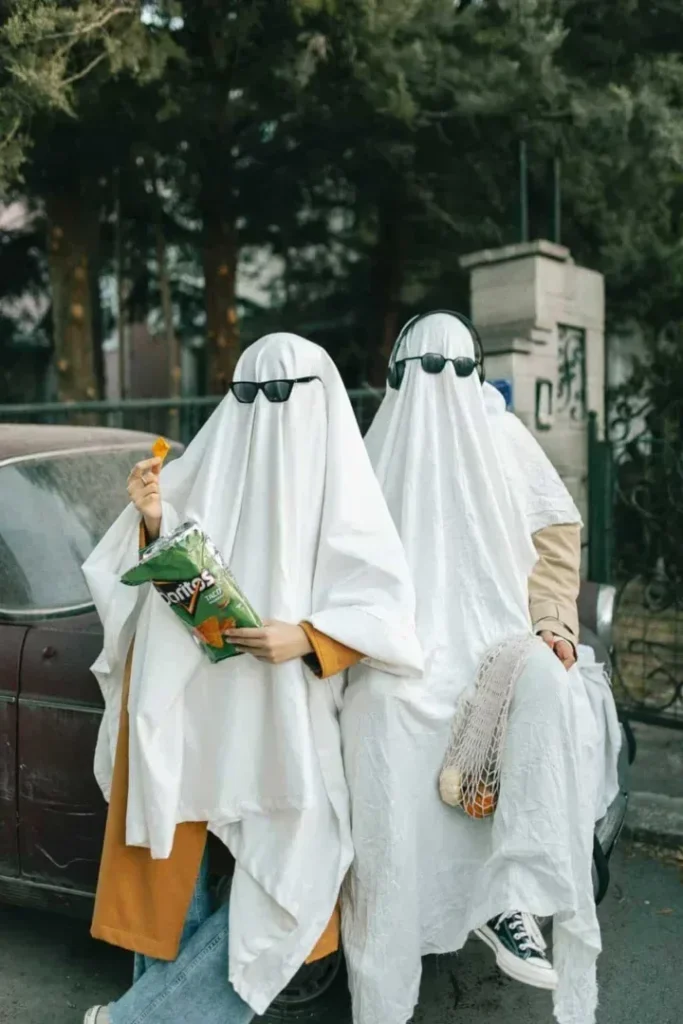
This image is property of images.pexels.com.
2000s Influence on Current Music
2000s music trends in current songs
Current music often incorporates elements and trends from the 2000s, creating a sense of nostalgia and familiarity. Artists frequently sample or remix popular songs from the era, infusing contemporary sounds with a touch of the past. The use of auto-tune, a technique popularized in the 2000s, has also made a resurgence in current music, contributing to the nostalgic atmosphere.
Revival of 2000s music genres
Certain music genres that thrived in the 2000s have experienced a revival in recent years. For example, pop-punk, characterized by bands like Blink-182 and Green Day, has influenced a new wave of artists who blend catchy melodies with angsty lyrics. The emo genre, which gained popularity during the 2000s, has seen a resurgence with artists like Machine Gun Kelly adapting its sound and aesthetics for the current generation.
Return of 2000s artists
Some artists who rose to fame in the 2000s have made successful comebacks in recent years. Bands like Fall Out Boy and Panic! at the Disco, known for their chart-topping hits in the 2000s, continue to release new music and perform to enthusiastic crowds. These comebacks not only cater to the nostalgia of longtime fans but also introduce the sounds of the 2000s to a new generation of listeners.
2000s Influence on Current Entertainment
Revival of 2000s TV shows and movies
The resurgence of 2000s nostalgia has also sparked the revival of popular TV shows and movies from the era. Cult classics like “Friends” and “The Office” have gained a new generation of fans through streaming platforms, reaching audiences who may not have witnessed their original airing. Films like “Mean Girls” and “Harry Potter” continue to captivate audiences and serve as cultural touchstones, fostering a sense of connection to the 2000s era.
Influence of 2000s entertainment on current culture
The influence of 2000s entertainment on current culture cannot be underestimated. The humor, fashion, and storytelling styles of popular TV shows and movies from the era have left a lasting impact. Memorable catchphrases, iconic characters, and memorable storylines have become a part of our collective consciousness, shaping the way we interact with media and influencing the current landscape of entertainment.
Reboots and sequels of 2000s entertainment shows
Capitalizing on the popularity of 2000s nostalgia, various TV shows and movies have been rebooted or received sequels. “Gilmore Girls: A Year in the Life” and “Fuller House” are examples of successful reboots, allowing fans to revisit beloved characters and storylines from the 2000s. These revivals provide opportunities for both established fans and new audiences to experience and engage with the 2000s era in a contemporary context.
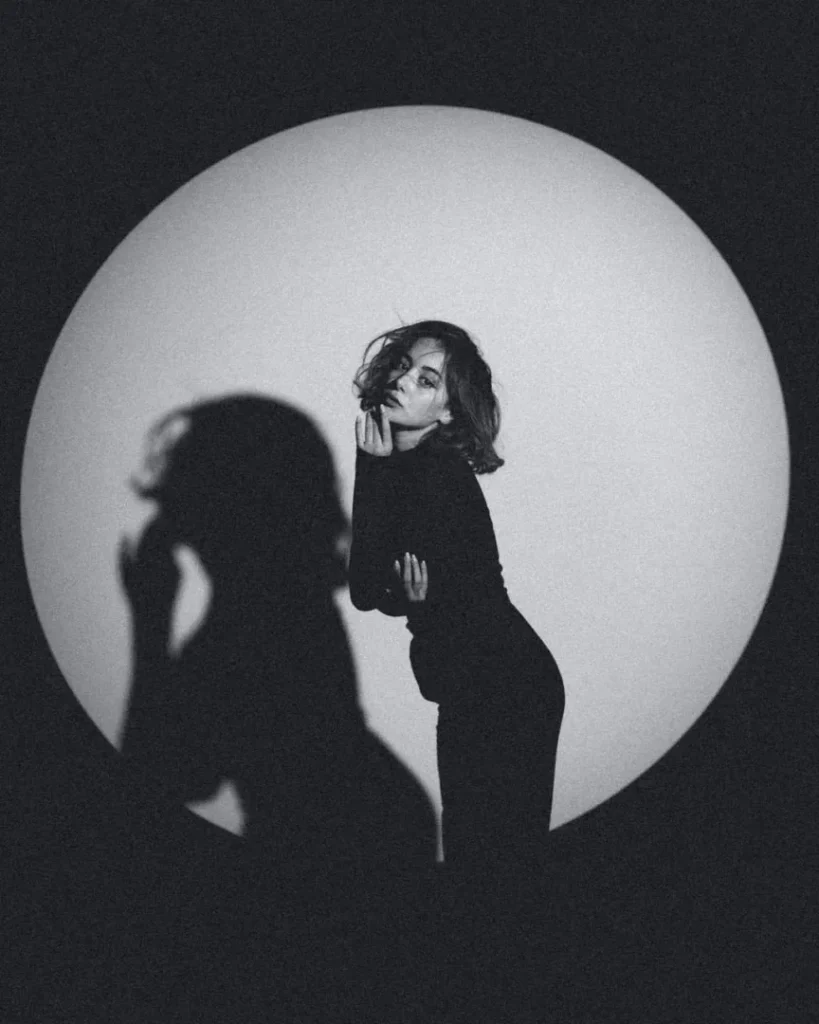
This image is property of images.pexels.com.
The Role of Nostalgia
Understanding nostalgia
Nostalgia is a powerful human emotion that evokes a longing for the past. It is a sentimental attachment to previous experiences, people, or periods that hold personal or cultural significance. Nostalgia allows individuals to reconnect with fond memories, offering comfort and a sense of familiarity in an ever-changing world.
How nostalgia is driving the resurgence of the 2000s
Nostalgia plays a key role in driving the resurgence of the 2000s. As individuals grow older, they often develop a sense of nostalgia for their formative years. The 2000s generation is now reaching an age where they can reflect on their youth and appreciate the cultural icons and trends that defined the era. This nostalgia, coupled with the cyclical nature of fashion and entertainment, has created a fertile ground for the revival of 2000s aesthetics.
Nostalgia in media and marketing
Media and marketing industries have recognized the power of nostalgia and have strategically employed it to cater to consumers’ desires for familiarity and connection. Advertisements often tap into nostalgic feelings by referencing popular culture icons, music, and fashion styles from the 2000s. Brands understand that tapping into nostalgic emotions can create a strong bond with consumers and drive sales, leading to an increase in products and campaigns that embrace the 2000s aesthetic.
The Impact of Social Media on 2000s Retro
Spread of 2000s trends through social media
Social media platforms have played a crucial role in the resurgence of 2000s trends. Platforms like Instagram, TikTok, and Twitter allow users to share their love for the era, showcasing outfits, music, and cultural references from the time. Through social media, individuals can discover and engage with 2000s-inspired content, leading to the amplification and spread of retro trends.
Role of influencers in promoting 2000s nostalgia
Influencers and content creators on social media have become instrumental in promoting 2000s nostalgia. Influencers with a large following often create content that incorporates elements from the era, whether it be fashion hauls, makeup tutorials, or dance challenges to 2000s music. Their influence and reach enable them to introduce the younger generation to the aesthetics and culture of the 2000s, keeping the nostalgia alive and relevant.
The way social media shapes perception of the past
Social media has the power to shape how we perceive the past by curating and highlighting specific aspects of a particular era. While the 2000s had its fair share of ups and downs, social media tends to focus on the highlights and fond memories associated with the era. This selective representation can influence how individuals remember and feel nostalgia for the 2000s, ultimately shaping the perception of the past for both individuals who experienced the era and those who did not.
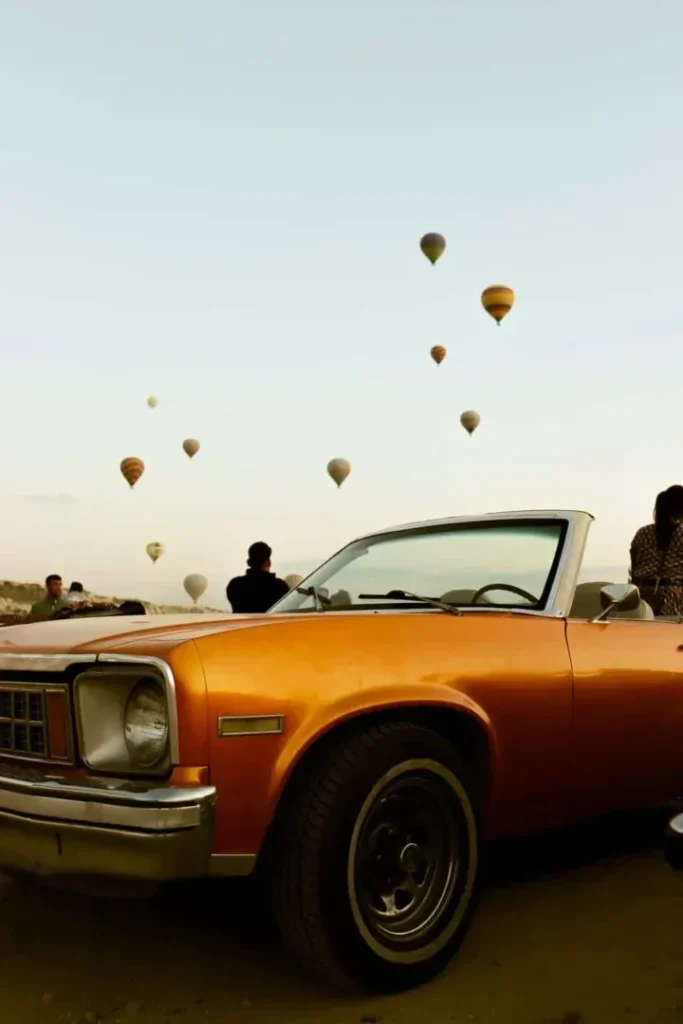
This image is property of images.pexels.com.
Drawing a Line Between Inspiration and Replication
Distinguishing between 2000s inspired and copied styles
Drawing a line between 2000s-inspired styles and direct copies is essential to maintain authenticity and creativity. 2000s-inspired styles take cues from the past, incorporating elements in a fresh and modern way. They pay homage to the era while adding a personal touch or contemporary twist. On the other hand, direct copies simply replicate the past without adding any originality or personalization. It is important for designers and creators to strike a balance between drawing inspiration from the 2000s and infusing their own creativity into their work.
Benefits of drawing inspiration from the past
Drawing inspiration from the past can offer several benefits. It allows for a fusion of nostalgia and innovation, creating unique and compelling designs that resonate with audiences. The 2000s era, with its vibrant fashion and cultural influences, provides a rich source of inspiration that can help shape contemporary trends and aesthetics. By acknowledging and embracing the past, designers and creators can tap into the emotional connection that nostalgia brings and create a sense of authenticity in their work.
The potential drawbacks of replication over inspiration
While replication may seem like an easy way to tap into nostalgia, it can have drawbacks. Directly replicating 2000s styles without adding a unique perspective can result in designs that feel dated or uninspired. It can also be seen as a lack of originality, detracting from the authenticity and creativity of the creator. Additionally, replication may limit opportunities for innovation and exploration of new ideas, stifling creativity and potential growth.
The Future of 2000s Retro
Predicted trends influenced by the 2000s
The influence of the 2000s is likely to continue shaping future trends. The fashion industry, in particular, may see a continued integration of 2000s-inspired elements, as the era’s distinctive styles continue to captivate designers and consumers alike. This could include a resurgence of more obscure trends, such as trucker hats or asymmetrical hairstyles, making a comeback in unexpected ways.
Future reflections on the 2000s era
As time progresses, reflections on the 2000s era will likely evolve. Just as previous decades have seen reinterpretations and reevaluations, the 2000s will undergo a similar process. The era will be examined through the lens of future generations, who will bring their own experiences, values, and cultural context to their understanding of the era. This ongoing reflection will contribute to the ever-changing perception and appreciation of the 2000s.
How long the 2000s will remain retro
The duration of the 2000s retro trend is uncertain. While retro trends tend to cycle throughout history, the specific longevity of the 2000s retro trend depends on various factors. The ongoing influence of 2000s nostalgia, the progression of cultural and technological advancements, and new waves of nostalgia for subsequent eras will all contribute to the ebb and flow of the 2000s retro trend. However, as long as there remains an emotional attachment to the era’s iconic styles and cultural moments, elements of the 2000s are likely to continue resurfacing in popular culture for years to come.
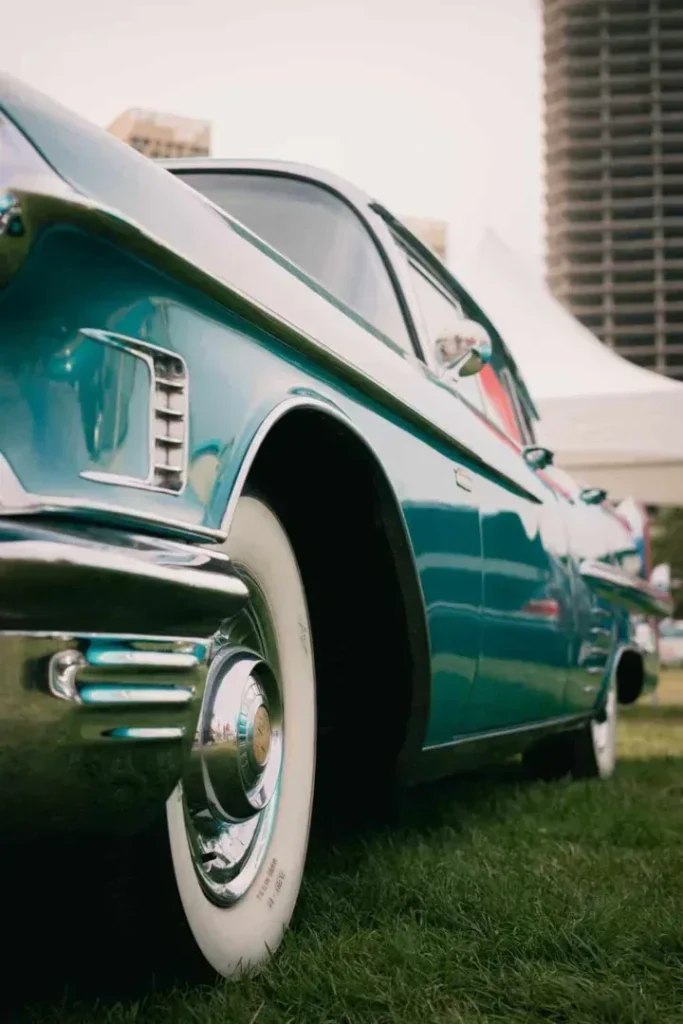
This image is property of images.pexels.com.
